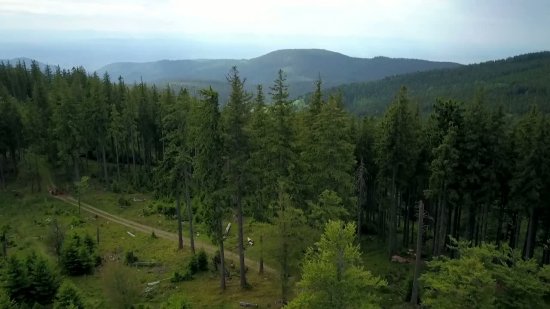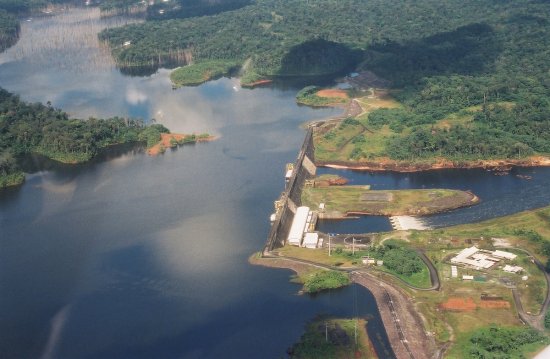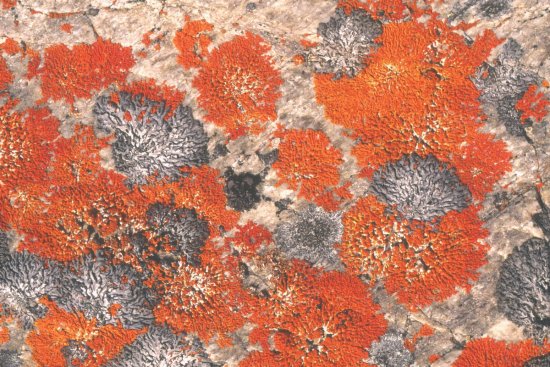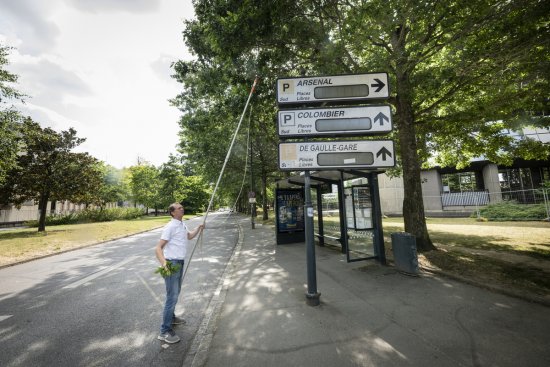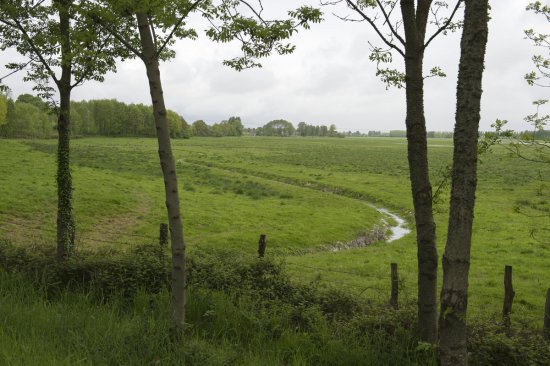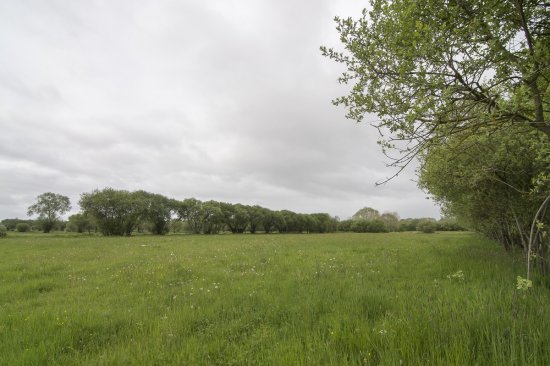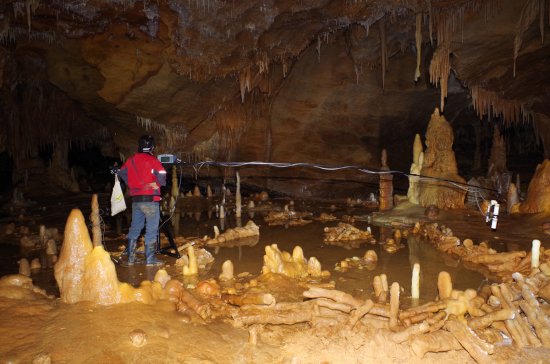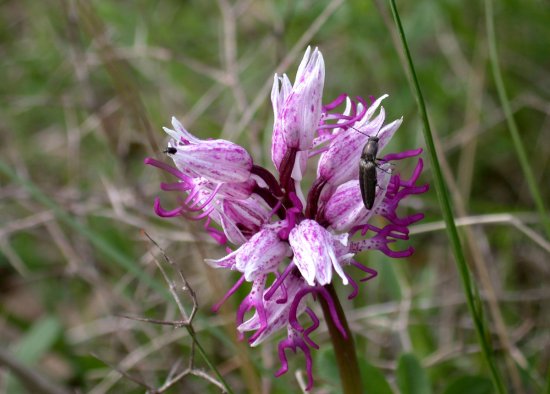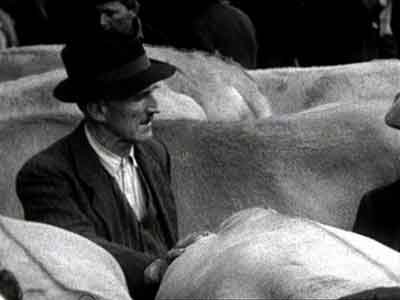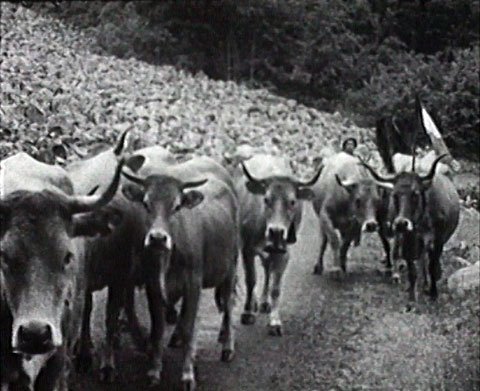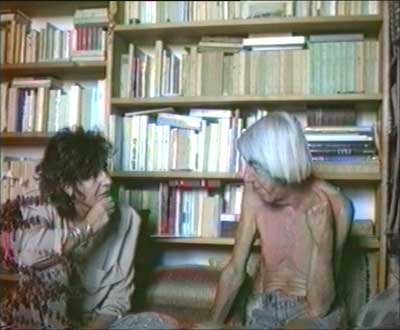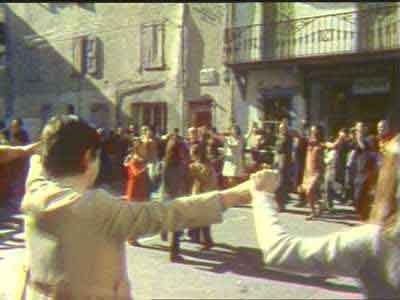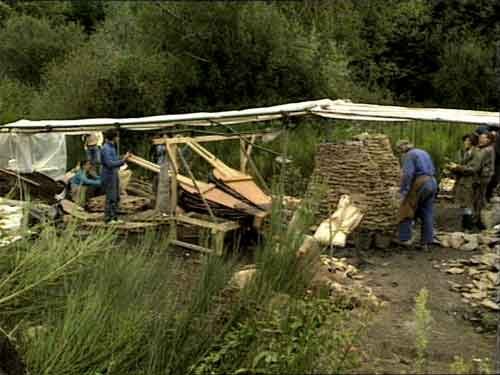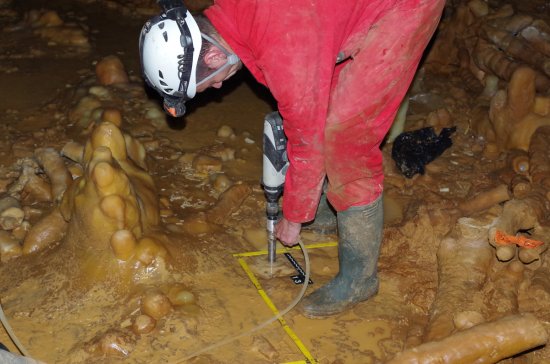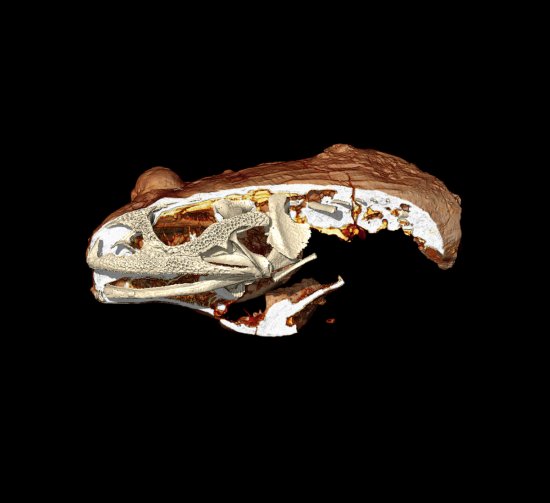© CNRS Images - 2017
Reference
6321
Of a valley and men in Haut-Vicdessos
Established in 2009, the Haut-Vicdessos valley Human and Environment Observatory (OHM, Observatoires Hommes-Milieux) in one of those entities created in France and in the world by the CNRS's INEE (Institut Ecologie et Environnement/ Institute of Ecology and Environment) and pooled together as part of the DRIIHM excellence laboratory, or Labex. Its director, Didier Galop, makes a presentation of this cross-disciplinary observatory whose mission is to observe, document and investigate into ongoing or past transition and adaptation processes in this Ariège high valley and the seven communities it includes. This mountain territory is a place where a mutation which started in the late twentieth century is under way as a result of agricultural and pastoral abandonment and the end of industrial activities giving an end to several thousand years of traditional activities. Now being significantly reforested, the valley's structure is being recomposed while concurrently turning towards the development of tourism.
Marked by rapid and sometimes brutal dynamics, this upper valley represents a life-size field of study for researchers from different disciplines, on which they measure and analyse the past and present influence of human intervention and, more generally, the impact of global change on ecosystems. The data collection operations inherited from past activities (lake sediment and charcoal sampling, peat bog core drilling, etc.) and on site observations establish a dialogue between past, present and future. They highlight the different traces of human appropriation of the Haut-Vicdessos valley and the exploitation of its natural resources, as well as the long-term consequences of conserving this memory of human activities.
Duration
Production year
Définition
Color
Sound
Version(s)
Original material
The use of media visible on the CNRS Images Platform can be granted on request. Any reproduction or representation is forbidden without prior authorization from CNRS Images (except for resources under Creative Commons license).
No modification of an image may be made without the prior consent of CNRS Images.
No use of an image for advertising purposes or distribution to a third party may be made without the prior agreement of CNRS Images.
For more information, please consult our general conditions
